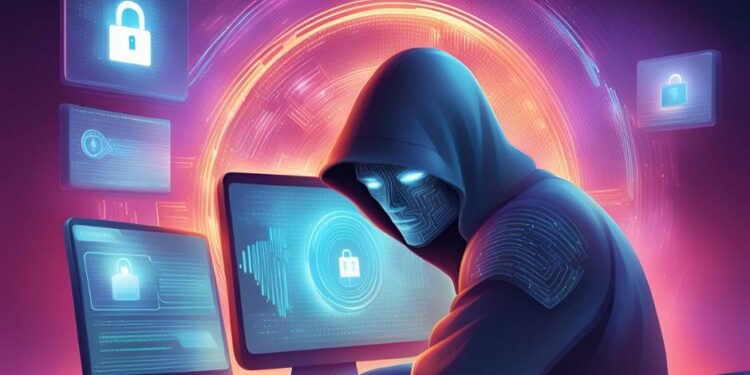SMEs are expected to encounter numerous cybersecurity challenges in 2024. A comprehensive study conducted by Gartner on February 22, 2024, highlights various significant threat vectors that pose risks to small and medium-sized enterprises worldwide. These challenges include identity-focused security approaches, vulnerabilities related to third-party risks, communication gaps in the boardroom, risky behavior by employees, weaknesses in open-source code, and persistent exposure to threats.
One of the primary threats to SMEs is Generative AI (GenAI), which also offers opportunities for enhancing security measures and strengthening defenses. In the short term, GenAI is driving significant advancements in various real-world applications, particularly in areas such as AppSec, productivity, and profitability, alongside notable developments from platforms like Gemini and ChatGPT.
Boardroom Communication Gaps: A Gateway to Cyber Vulnerability
In 2024, cybersecurity challenges, including communication gaps in the boardroom, play a critical role in the overall security posture of companies. The implementation of Outcome-Driven Metrics (ODMs) across organizations allows stakeholders to correlate cybersecurity investments with the robust protection they provide.
Addressing Human-Centric Cybersecurity Risks
In the same year, human-centered risks pose significant threats to the security of SMEs. Behavioral adjustments are necessary to mitigate cyber risks effectively. Gartner’s analysis indicates that by 2027, 50% of large SMEs will adopt human-centric security solutions to minimize friction caused by cyber threats, enhance control, and bolster security protocols. Companies that implement Security Behavior & Culture Programs (SPCP) generally experience higher employee compliance and reduced security risks as a result.
Third-party Cyber Security Risk Management Imperatives
In 2024, effective management of third-party cybersecurity risks is vital for companies. It is crucial to closely monitor, evaluate, and counter threats using a combination of tools, resources, and strategies. Software Composition Analysis (SCA) involves thorough scanning of applications to identify any third-party resources or open-source code present in the app codebases. By scanning the source code and binaries, SCA can detect external components and dependencies used in the software.
The importance of conducting SCA scans, analysis, and remediation efforts cannot be overstated. These activities help identify security vulnerabilities and licensing risks, providing full visibility of third-party components within the software, source code, and binaries. SCA contributes to reduced business risks, vulnerability identification, and automated security assessments, offering numerous benefits to SMEs.
Continuous Threat Exposure Management (CTEM) in Focus
Continuous Threat Exposure Management (CTEM) has gained significant traction among companies globally due to the increasing threat landscape. This approach involves assessing various aspects of a company, including digital and physical assets, aligning remedial actions with threat vectors rather than specific infrastructure elements.
According to Gartner, companies that prioritize security investments through Continuous Threat Exposure Management are likely to experience a significant decrease in security breaches. This proactive approach is particularly beneficial for hybrid work environments, where early vulnerability detection is crucial for maintaining robust security measures.
The focus of SME cybersecurity initiatives is now shifting towards an identity-centric security paradigm, emphasizing Identity and Access Management (IAM) as a crucial component of business objectives and security strategies. Companies are increasingly focused on enhancing resilience by fortifying systems and adopting a holistic approach to security.
Concluding Remarks
2024 marks a pivotal period in SME cybersecurity, where challenges and opportunities coexist. Gartner’s insights shed light on various threat vectors, from identity-centered security to continuous exposure risks. Technologies like SCA, GenAI, and Continuous Threat Exposure Management (CTEM) offer innovative solutions that enhance cyber defenses and usher in a new era of strengthened security measures.
The evolving landscape of global cybersecurity has the potential to revolutionize companies’ approach to maintaining robust controls while enhancing productivity, efficiency, and value. This shift towards a hybrid model equipped with powerful tools and resources enables effective monitoring of source code, AppSec, human training, IoT security improvements, and timely identification and mitigation of security threats.


